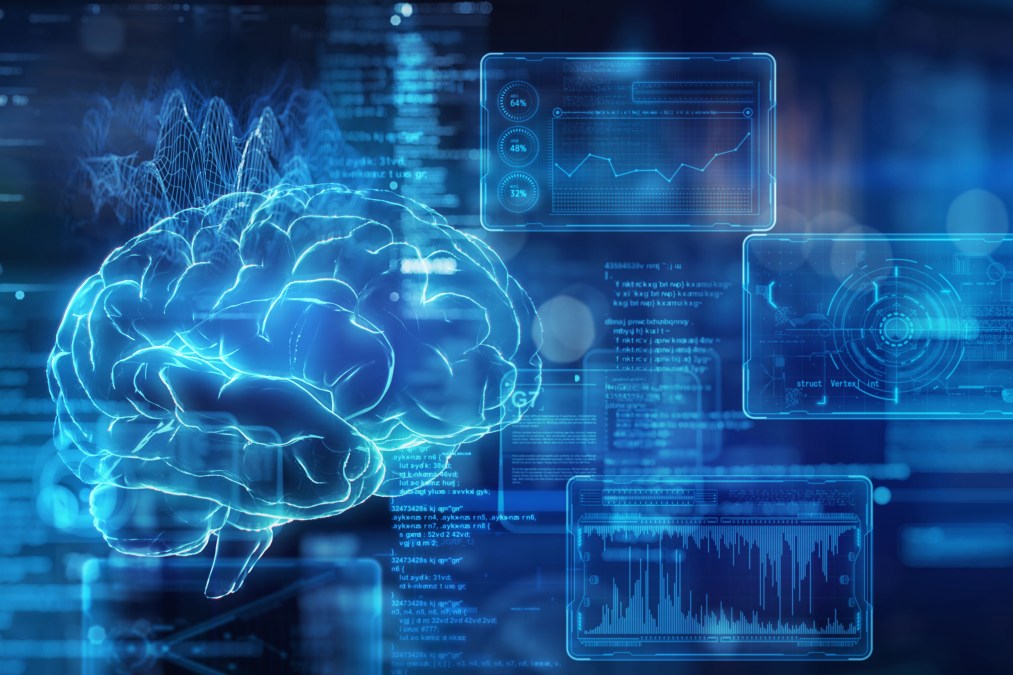Updated data analytics, AI strategy coming from CDAO by end of summer

The Pentagon’s Chief Digital and Artificial Intelligence Office (CDAO) is creating new guidance for how the department should develop and adopt data analytics and AI capabilities, and it’s expected to be released soon, according to Deputy CDAO Margie Palmieri.
“We’re working on a revised Data Analytics and AI Adoption Strategy right now. Hopefully by the end of the summer, we’ll see that out,” she said during an event hosted by the Center for International and Strategic Studies on Friday.
The document will give organizations within the Pentagon some “left and right guidance” for how they can develop solutions in these technology areas, Palmieri said.
“It’ll talk a lot about how we have to approach this in an iterative and agile way. And then, it’ll not necessarily have specific milestones — you know, a lot of strategies have task 1.1, 1.2 — it’s not going to be one of those strategies,” she said. “It’s going to be something where organizations can nest inside of it and start to put their plans inside.”
Several disparate agencies in the Office of the Secretary of Defense were reorganized in 2021 to create the CDAO, including the Joint Artificial Intelligence Center (JAIC), Defense Digital Service and Chief Data Officer. The new strategy being worked on at CDAO is building off previous guidance published by the JAIC, Palmieri said.
That earlier blueprint “did a really good job of outlining near-, mid- and long-term goals — many of which the department hit and some of which we didn’t,” she said. “As we built the new strategy, we asked ourselves why. And so a lot of that had to do with, where are we really thinking through agile processes and were we paying attention to that.”
Leaders across the Defense Department have publically emphasized the importance of becoming a data-centric and AI-proficient organization through agile software development principles that allow for constant updates to technologies. However, a recent report from the Government Accountability Office noted that agile development of AI could look different compared to traditional software.
“Since AI typically requires vast amounts of data to learn a function and can behave differently or unexpectedly once deployed, officials from the Joint AI Center and DOD’s Defense Digital Service previously cautioned against rushing to a proof of concept or minimum viable product for AI capabilities that support warfighting operations. Given the need for data, training, and testing for operational usefulness, it may take longer to get to a minimally viable product for AI than for traditional software Agile projects,” the report stated.
Palmieri said one of the linchpins to future CDAO strategies will recognize that AI requires even more constant iterative updates than traditional software applications.
“We want the user inside of the system that has artificial intelligence to be constantly correcting and guiding the system in terms of feedback,” she said. “So this idea that we’re much more iterative is a key anchor point.”






